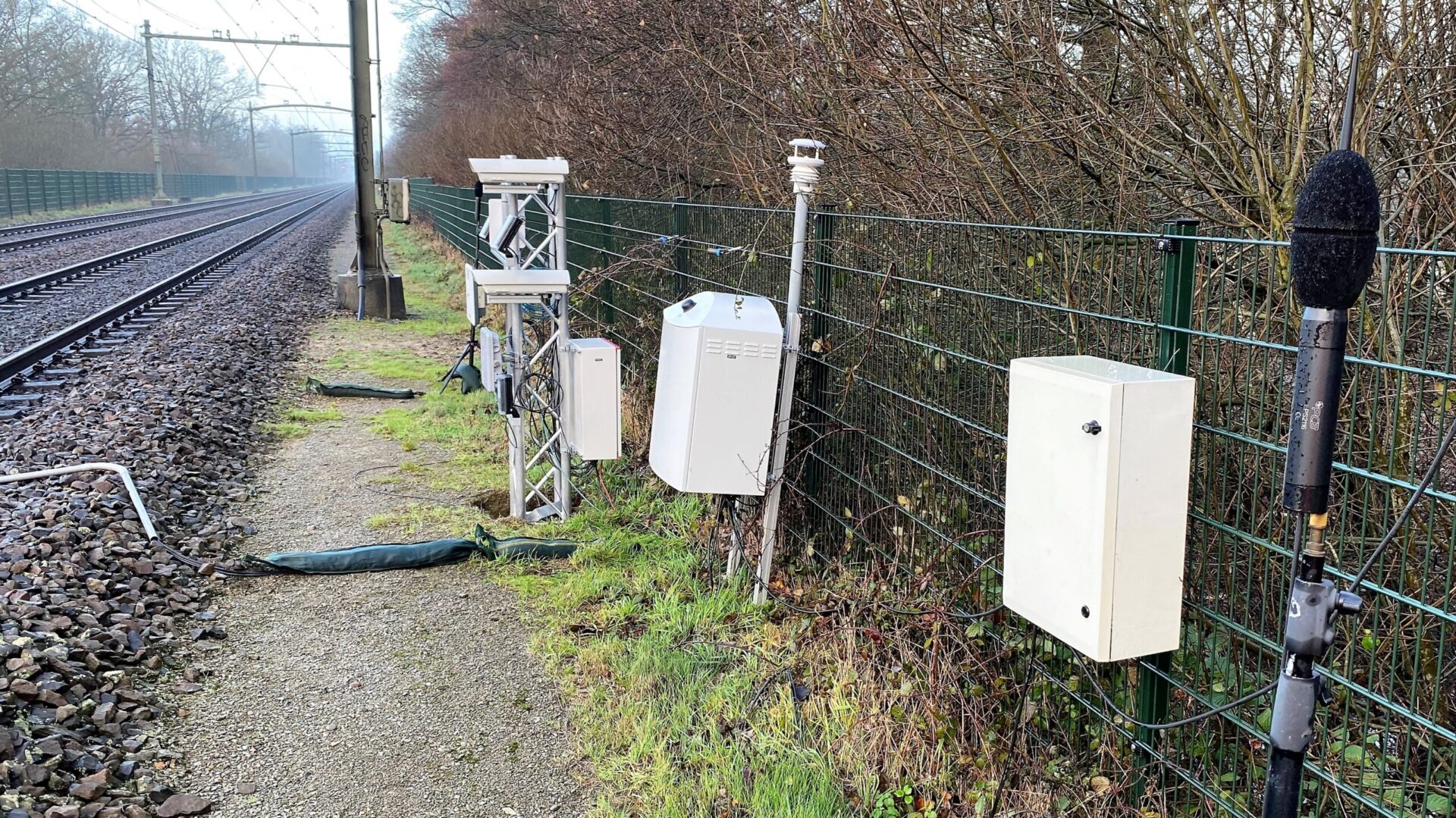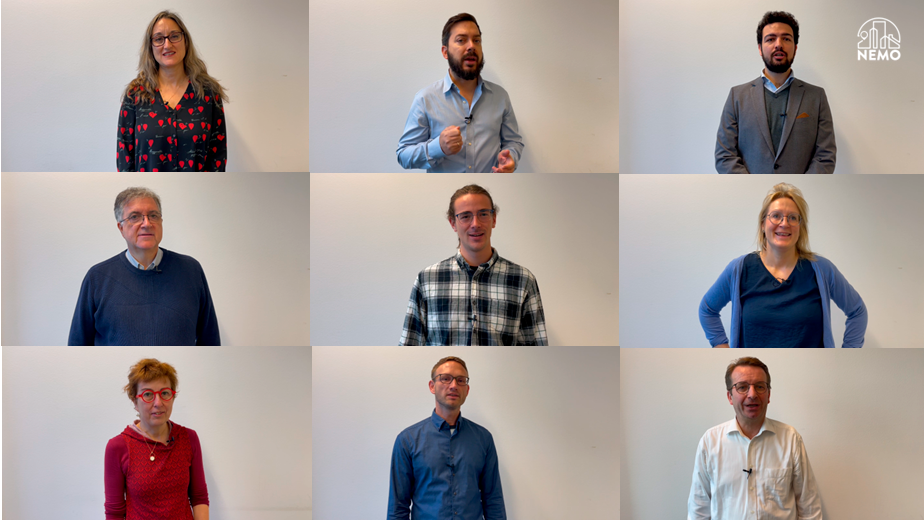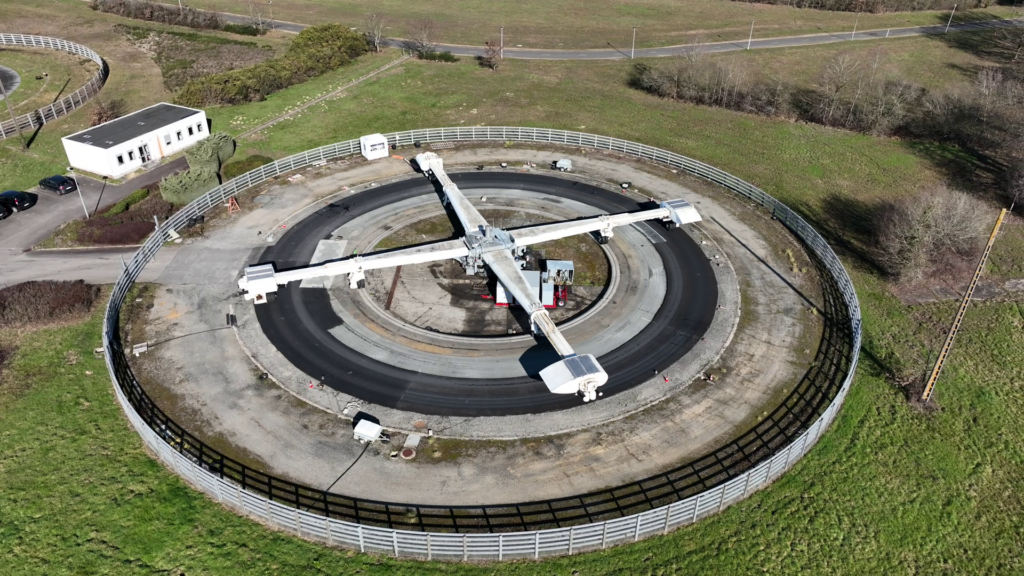Investments in rail transport brings significant benefits for European citizens, but like other traffic it also comes with side effects – like noise pollution. While rail traffic noise has multiple causes, the main focus until now has been on legislating against the use of cast-iron brake blocks in favour of composite systems, but a newly developed monitoring technology has demonstrated efficient capability to locate and identify other key noise sources, such as acoustically relevant wheel flats on individual train carriages.

According to the most recent surveillance conducted by the European Environment Agency (EEA), around 6% of individuals residing in urban regions are subjected to rail traffic noise levels surpassing 55 dB. This percentage rises to 10% for significant transit countries like Germany, Austria, and Slovakia. The World Health Organization (WHO) advises that average noise exposures should not surpass 54 dB overall and 44 dB during nighttime hours.
Addressing the issues related to the largest noise emitters is key in noise abatement. The NEMO remote sensing approach provides us the information to take informed next steps towards a quieter and greener Europe, says Nathan Isert at Müller-BBM Rail Technologies GmbH .
The introduction of ‘quieter routes’ on some of Europe’s major railway lines effectively bans noisy wagons primarily during the night hours in many countries by the end of 2024. This will likely mark the end of rail wagons/units equipped with cast iron brake blocks.
With the largest noise contributor being dealt with, the focus is shifted to other major noise sources that were formerly masked by the dominating noise emissions from freight traffic with cast iron brake blocks. The analysis of the data shows that 60 percent of the ‘high’ emissions correlated with wheel flats. A second factor seemed to be the brake-type with units equipped with so called LL-brake blocks being more often high emitters than those equipped with K-brake blocks.
New results* drawn from a recent trackside railway monitoring test in the Netherlands, specifically developed and adopted to the NEMO technology, presents strong arguments for using NEMO’s solution to monitor and identify high emitting trains. The test was performed over 165 days on railway line 125 in the Netherlands. During this period all passing trains were recorded with rail-sensors and microphones.
The monitoring test setup
The N-RSD had the following components for measuring key quantities:
- microphones (sound)
- rail sensors (axle pattern, speed)
- RFID readers (UIC number, internal numbers)
- high speed cameras (UIC number, brake label)
- weather station (windspeed, rain)
- main station measuring PC (data collector)
The information from the trains’ identification tags (RFID) was matched with the related microphone and rail sensor signals to ensure accurate data alignment. Two cameras were strategically positioned; one for capturing vehicle identification number (UIC) imprints, and the other was focused on the lower part of the train to detect smaller imprints, such as brake type labels. The images from the camera focused on capturing UIC number imprints ran through an AI detection algorithm and an optical character reading algorithm. The machine readability is highly dependent on the quality of the imprints. With a 12-digit number there need only be small parts unreadable to make the rest of the imprint useless.
High speed means high noise, also for trains
Over the course of 165 days of continuous, automated operation the two N-RSD systems registered more than 25,000 trains with 290,000 individual train units and about 1.1 million axles.
- Passenger traffic is dominating the emissions, largely due to its higher speed.
- Freight wagons classified as ‘high’ emitters made up only 4 percent of all freight wagons but contributed almost 20 percent of the total freight wagon noise emissions.
The NEMO approach, which combines remote sensing and data integration, has proven to be a powerful tool. It enables us to identify the main sources of noise quickly and reliably. By using infrared camera imaging and RFID technology to detect UIC numbers, noisy wagons can be tracked down. The data collected through remote sensing also allows us to continuously evaluate the traffic and identify any changes or patterns. This information can be helpful in identifying the root causes of noise or assessing the current condition of the fleet.
During the monitoring of line 125, a strong correlation was discovered between high noise emissions and wheel tread irregularities. However, the study did not find any correlations regarding the age or maintenance of the wagons.
It’s important to note that reading wagon imprints, such as UIC numbers, is not as standardized as reading number plates in road traffic. Therefore, a combination of visual identification and RFID technology is recommended for accurate wagon identification.
_____
*Results and contents are based on a new paper by Müller-BBM Rail Technologies GmbH, a partner of the NEMO consortium.
The EU funded H2020 research project NEMO aims to lower emissions both from pollutants and noise by identifying ‘high’ emitters in road traffic, on railway lines and in shipyards. It approaches this task by applying the concept of remote sensing for a permanent and comprehensive monitoring as well as a fast and reliable detection method.
Read more about the NEMO project on www.nemo-cities.eu
NEMO has received funding from the European Union’s Horizon 2020 research and innovation programme under the Grant Agreement n° 860441.

